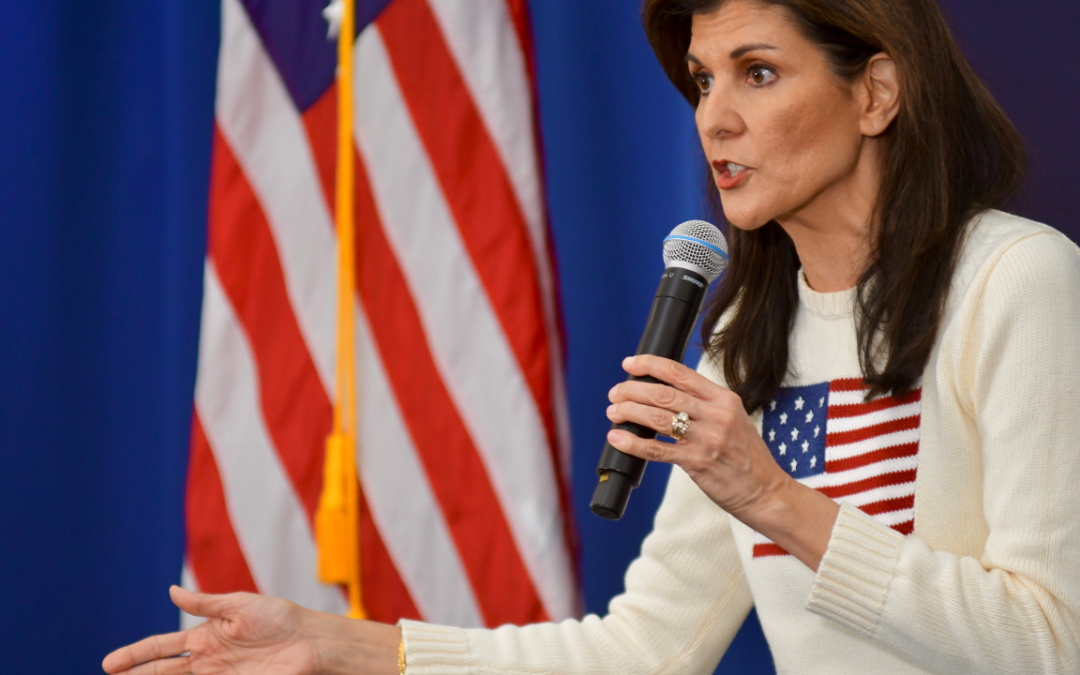It has been three years since COVID shut down schools, and we are still learning about the profound impact it has had on our youngest generations.
Learning loss, the politicization of schools during and after the pandemic’s peak, and significant mental health challenges are just some of the exceedingly unfortunate implications that young people have had to face. Beneath the headlines, but just as important for our future, the pandemic and its aftermath have revealed the fragility of belonging for all young people, particularly immigrants and the children of immigrants.
In a new report for the American Immigration Council, Nichole Argo and Hammad Sheikh write “that belonging lays the foundation for thriving individuals and strong communities.” They quote Susie Wise, Stanford University professor and author of Design for Belonging, who explains, “belonging is the key that unlocks the best in everyone. Kids who feel they belong learn better in school. Elders with a sense of belonging stay healthy and aware. Immigrants who belong thrive in their new communities.”
Even before COVID spread, the weaponization of immigration by public figures exploiting predictable anxiety about demographic change impacted the lives of immigrant youth. “Build the wall” had transformed from a chant at rallies to a frequent taunt in schools. As the first cases of COVID hit the news in February 2020, Asian students were sharing stories of how they were being blamed for the virus by their peers.
Despite the need, efforts to create more inclusive school communities are increasingly targets of organized attacks. When the first round of the pandemic began to recede, legal efforts to shut down teaching about race spread. Since then, there have been campaigns targeting diverse books, support for LGBTQ students and families, and social and emotional learning programs.
Many of the best educators I know are facing profound dilemmas. If they adopt research-based practices that support the diverse identities of their students, they risk exposing themselves to harassment. Indeed, 40% of school administrators and 29% of teachers have experienced verbal harassment or violent threats from parents between March 2020 and June 2021. As the political rhetoric heats up heading into a presidential election cycle, this toxic trend is only likely to become more extreme.
Two years into the pandemic, we partnered with the Immigration Initiative at Harvard and Youth Truth on a pilot survey to understand the experiences of first and second-generation immigrant youth, which together constitute 27% of the school population in the United States. In the Boston area, nearly all recent population growth results from immigration. Unsurprisingly, newcomers, first-year immigrant students, reported lower feelings of belonging and more identity-based bullying than their peers.
While there are efforts to address learning loss among education professionals, what about belonging-loss? People with a stronger sense of belonging are healthier, less stressed, less lonely, more trusting of their neighbors, more open to difference, and less afraid of demographic change.
Belonging in schools begins with relationships. To address this crisis of belonging, my colleague Veronica Boix-Mansilla and I identified five steps educators can take to create welcoming and inclusive learning environments:
- Get to know their students as people, not just as learners.
- Ensure the safety of all students by addressing bullying and bias
- Make the diversity of the school community visible
- Set high expectations and do not make assumptions about students’ potential based on their accents or family backgrounds.
- Recognize that with each new class of students, we must learn and grow as professionals.
Those of us not in the classroom have an important job, too. Public officials and school administrators need to know that we recognize and value the unique role that schools play in building belonging across our communities. That means helping educators build bridges between students, schools, parents, and their broader community and speaking out when those efforts are singled out for attack.
In the aftermath of a traumatic three years, the lesson I hope we have learned is that success begins with belonging.



